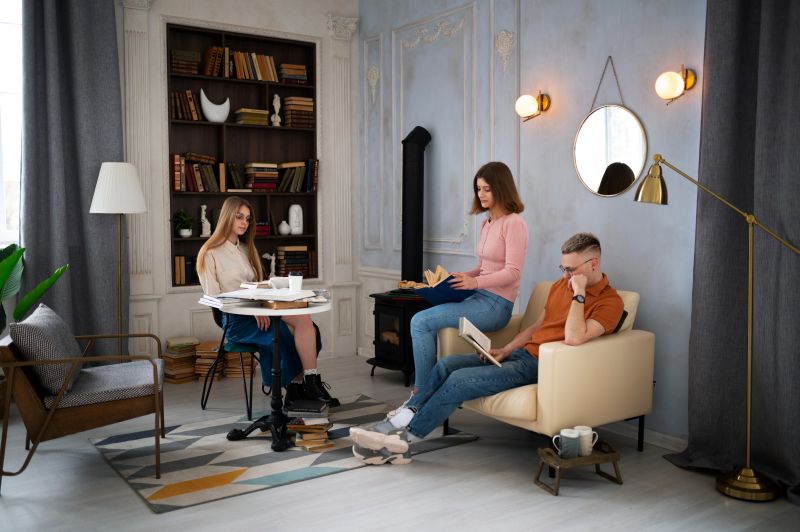
Are you feeling stressed or unproductive in your current environment? It may be time to consider how your interior design choices are impacting your mood and productivity. The way a space is designed can have a significant influence on our emotions and behavior. In this article, we will explore the psychology of space and how color, texture, and layout can play a crucial role in shaping our well-being.
Design Philosophy: Going Beyond Aesthetics
When it comes to interior design, it is essential to look beyond just the visual appeal of a space. A well-designed environment should not only be aesthetically pleasing but also functional and conducive to the activities that take place within it. Every element of a room, from the furniture arrangement to the choice of colors, should be carefully considered to create a harmonious and balanced atmosphere.
Color Psychology
Color psychology is a powerful tool that designers use to evoke specific emotions and moods. Different colors can have varying effects on our psyche. For example, blue is known to promote a sense of calm and relaxation, making it an excellent choice for bedrooms and living rooms. On the other hand, vibrant colors like red and yellow can energize and stimulate creativity, making them ideal for workspaces and creative studios.
Texture and Sensory Experience
In addition to color, texture also plays a crucial role in shaping our emotional response to a space. Soft textures like plush rugs and velvet upholstery can create a cozy and inviting atmosphere, perfect for relaxation and unwinding. On the other hand, smooth and sleek surfaces can convey a sense of modernity and sophistication, ideal for professional settings.
Layout and Flow
The layout of a space can significantly impact how we move and interact within it. A well-designed layout should promote a natural flow and allow for easy navigation between different areas. For example, open floor plans are popular for promoting communication and collaboration, while divided spaces can provide privacy and focus for individual tasks.
How Design Influences Behavior
Our surroundings have a profound impact on our behavior and cognitive function. By understanding the psychological principles of design, we can create spaces that enhance our well-being and productivity. Here are some ways in which interior design can influence our behavior:
- Improved Focus: A clutter-free and organized space can help reduce distractions and promote focus and concentration.
- Enhanced Creativity: Inspirational elements like artwork and natural light can stimulate creativity and innovation.
- Increased Comfort: Ergonomically designed furniture and cozy elements can promote relaxation and comfort, leading to higher levels of well-being.
In conclusion, the psychology of space is a fascinating field that explores how interior design impacts our mood and productivity. By paying attention to color, texture, and layout, we can create spaces that not only look beautiful but also support our emotional and behavioral needs. So, next time you feel overwhelmed or uninspired in your surroundings, consider making some design changes to enhance your well-being.
